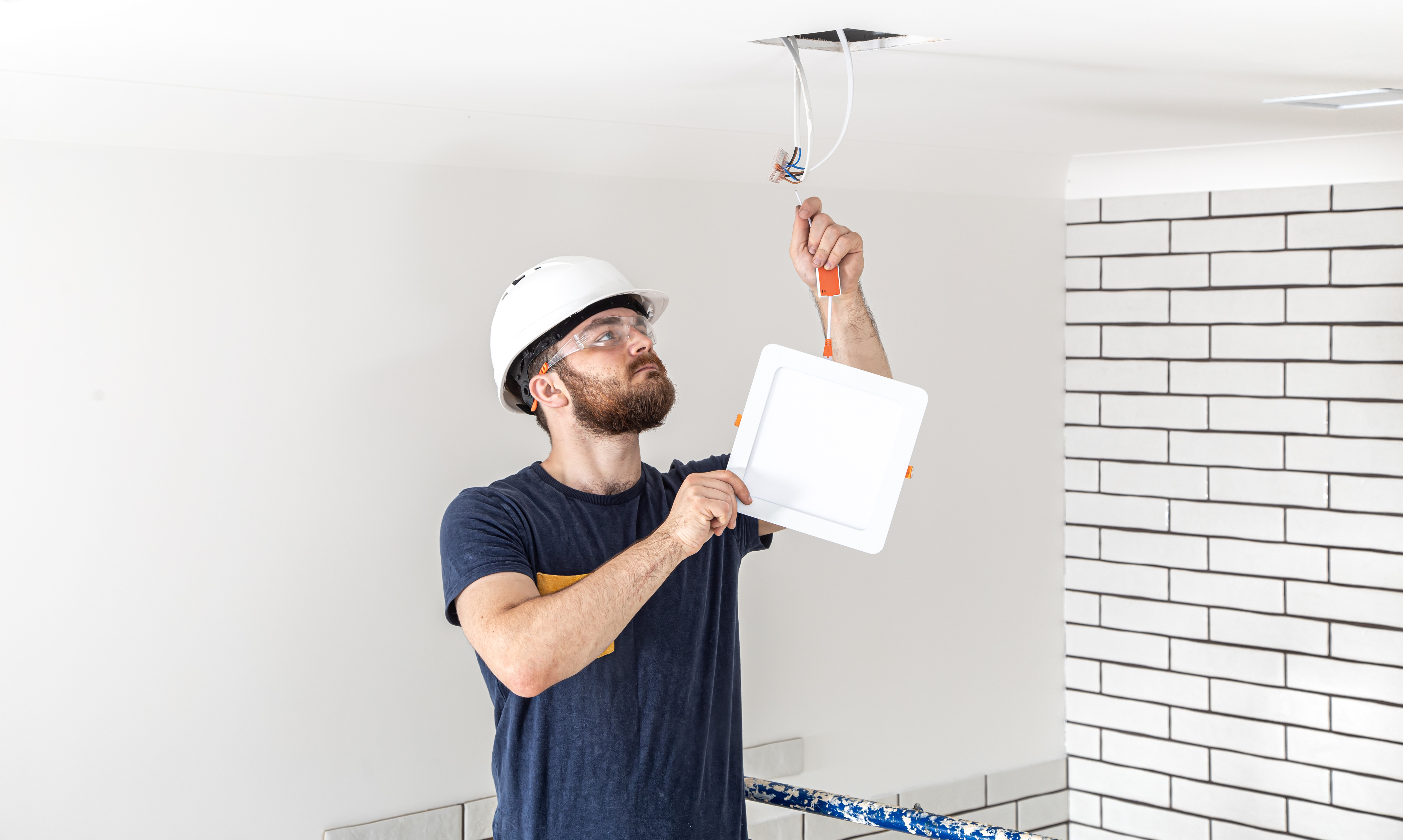The Essential Guide to Emergency Lighting Installation for Safety and Compliance
Introduction to Emergency Lighting Installation
When it comes to ensuring safety in both residential and commercial buildings, the significance of emergency lighting cannot be overstated. Emergency lighting installation is a critical component in any building's safety infrastructure. This guide aims to provide comprehensive insights into emergency lighting, its importance, and the key considerations for proper installation and compliance with safety standards. Alongside this guide, we are proud to offer expert emergency lighting installation services, ensuring your setup is both compliant and optimally functional.
Understanding Emergency Lighting Installation and Its Importance
Emergency lighting is a crucial safety measure designed to activate immediately when the main power supply is interrupted, providing essential illumination quickly, automatically, and for a sufficient duration. This type of lighting is fundamental in ensuring safe evacuation from a building during emergencies such as fires, power outages, or other crises. In these situations, emergency lighting serves as a guide, illuminating escape routes and potentially hazardous areas to prevent panic and confusion.
The significance of emergency lighting lies in its ability to facilitate a calm and orderly evacuation, thereby minimising the risk of injury or worse during emergencies. It's not just about providing light; it's about offering reassurance and direction in moments of uncertainty and danger
Legal Requirements for Emergency Lighting Installation
In the United Kingdom, the installation of emergency lighting is not only a matter of best practice but also a legal requirement, governed by stringent regulations and standards. The British Standards (BS 5266-1:2016) play a pivotal role in setting out the guidelines for the installation of emergency lighting in various types of buildings, including public spaces, hotels, educational institutions, hospitals, and office buildings.
These regulations ensure that emergency lighting systems are installed where necessary, operate reliably, and are maintained correctly. Compliance with these standards is essential not only for legal conformity but also for the safety and well-being of building occupants.
Types of Emergency Lighting Systems
There are several types of emergency lighting systems available, each designed to suit different scenarios and requirements:
Maintained Emergency Lighting:
This versatile type of lighting serves a dual purpose. Under normal circumstances, it functions as a standard light fixture, providing illumination as part of the building's regular lighting scheme. However, in the event of a power failure, it seamlessly switches to emergency mode, using its backup power source to continue providing light. This dual functionality makes maintained emergency lighting particularly useful in areas where constant lighting is essential
Non-Maintained Emergency Lighting:
Designed to be unobtrusive in everyday operations, non-maintained emergency lighting remains inactive during normal conditions. It springs into action only when the normal power supply is interrupted. This type of lighting is typically installed in places where continuous lighting is not necessary, but emergency illumination is crucial for safety in the event of a power outage.
Sustained Emergency Lighting:
This versatile type of lighting serves a dual purpose. Under normal circumstances, it functions as a standard light fixture, providing illumination as part of the building's regular lighting scheme. However, in the event of a power failure, it seamlessly switches to emergency mode, using its backup power source to continue providing light. This dual functionality makes maintained emergency lighting particularly useful in areas where constant lighting is essential
Steps in Emergency Lighting Installation
Assessing the Needs:
The initial phase of emergency lighting installation is a meticulous assessment of the building's layout. This step is crucial in identifying key areas that need illumination during emergencies, such as escape routes, stairwells, fire equipment locations, and areas prone to higher risk. It's also essential to consider the unique aspects of each building, such as its size, architecture, and occupancy patterns, to ensure comprehensive coverage.
Choosing the Right Equipment:
After assessing the building's needs, the next step is to select the most suitable emergency lighting fixtures. This selection process involves considering various factors like the intensity of brightness required, the longevity of the battery life, and whether the equipment adheres to relevant safety standards.
Professional Installation:
The actual installation of emergency lighting systems is a job for qualified electricians. Their expertise ensures that the lighting is installed in the correct locations, properly wired, and integrated seamlessly with the existing electrical infrastructure. Additionally, professional electricians can provide valuable advice on the best practices for installation and potential challenges specific to the building's layout.
Regular Testing and Maintenance:
After Emergency lighting installation, it's imperative to have a routine for regular testing and maintenance of the emergency lighting system. This process involves periodic checks to ensure all lights are functioning correctly, batteries are charged, and the system as a whole complies with safety standards.
Common Challenges in Emergency Lighting Installation
Installing emergency lighting comes with its set of challenges, including:
• Ensuring adequate illumination in all necessary areas.
• Balancing aesthetic considerations with safety requirements.
• Integrating the system with existing electrical infrastructure.
Conclusion: Ensuring Safety Through Proper Emergency Lighting Installation
Emergency lighting installation is a vital aspect of building safety. By understanding the types of emergency lighting, complying with legal requirements, and ensuring professional installation and maintenance, building owners and managers can significantly enhance safety and preparedness for emergencies. To ensure the highest standards of safety and compliance, consider our expert emergency lighting installation services, which are designed to meet your specific needs and provide optimal functionality.
Explore tailored emergency lighting installation solutions to ensure your safety and compliance by visiting Heywood Electricals now.
